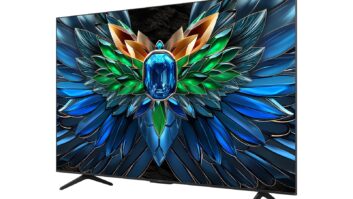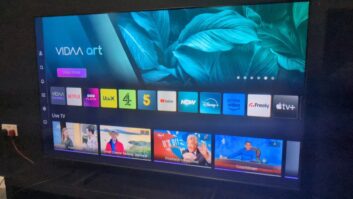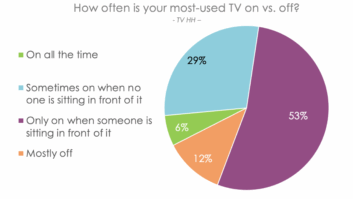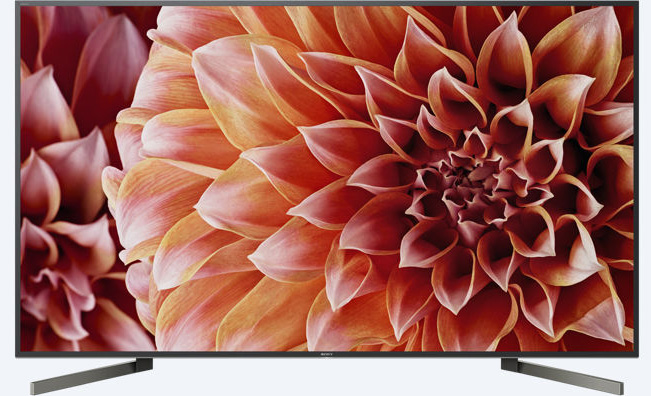
Some of the industry’s leading tech merchants (and one top analyst) gathered earlier this year for TWICE’s annual Retail Executive Roundtable at CES. The following excerpt is one thread from the larger conversation, which we’re serializing this week online.
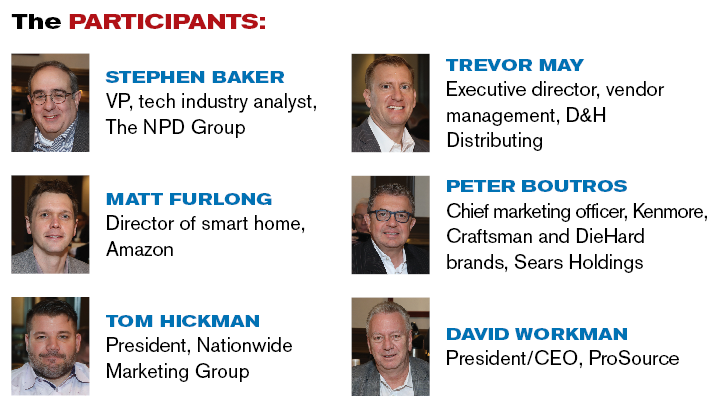
TWICE: Tom, you spent some time selling televisions at Toshiba before joining Nationwide. What’s your assessment of the TV business? Where do we stand?
Tom Hickman, Nationwide: Everybody’s talking about legacy product, whether it’s appliance or TV. And our TV business is the best it’s been in at least a decade in terms of ASP [average selling price] growth.
David Workman, ProSource: And profitability.
Hickman: I know the same thing is happening with everybody, but we didn’t see a down trend in units. We saw a significant up-trend in units, and again it’s our mix based on our DNA, and a significant up-trend in dollars. I don’t know when the bottom of the trough is coming.
We’ve seen a lot of 8K, and we hope that holds. Right now, though, we’re having a really good time with 4K and advanced technology. Our TV business is strong.
Stephen Baker, The NPD Group: If you look at the $1,000 price point, traditionally and typically it’s about 10 percent of the overall TV business. The growth is in $1,500 and above. We saw about a $200 ASP increase in the sales of above $1,000 televisions.
Watch: What Happened To 3D TV?
Workman: Also, all of the decline came out of the commodity section of the business, for a variety of reasons, whether it was panel price increases, capacity issues or whatever.
Samsung basically took a conscious position not to be as aggressive as they had been historically at those price points. Vizio has some issues wherever they are, but the fact is all of the declines came out of that segment.
Tom’s group and our group were run out of that business a long time ago, so we didn’t have the bleed that a Walmart or a Target, or some of the mass merchants would have reflected in their numbers. We were able to drink the cream without having to deal with the curds.
Hickman: The strangest phenomenon I’ve seen since I’ve been on this side of the business is that we have retailers getting into TV again that had either exited at some point or had never been in it.
Workman: That’s an interesting phenomenon that we’re seeing also.
See: Samsung Bows Smarter, Prettier 2018 QLED TVs
Hickman: The ASP is probably more aligned with the ability to sell higher technology, a more aspirational product, and actually make money in the business again for the first time in quite a bit of time. We’re enjoying that.
I don’t know how long it will last, but it’s very interesting. It requires a different skill set for us. Normally we’re trying to hang on, and now we’re building again, which is wildly exciting.
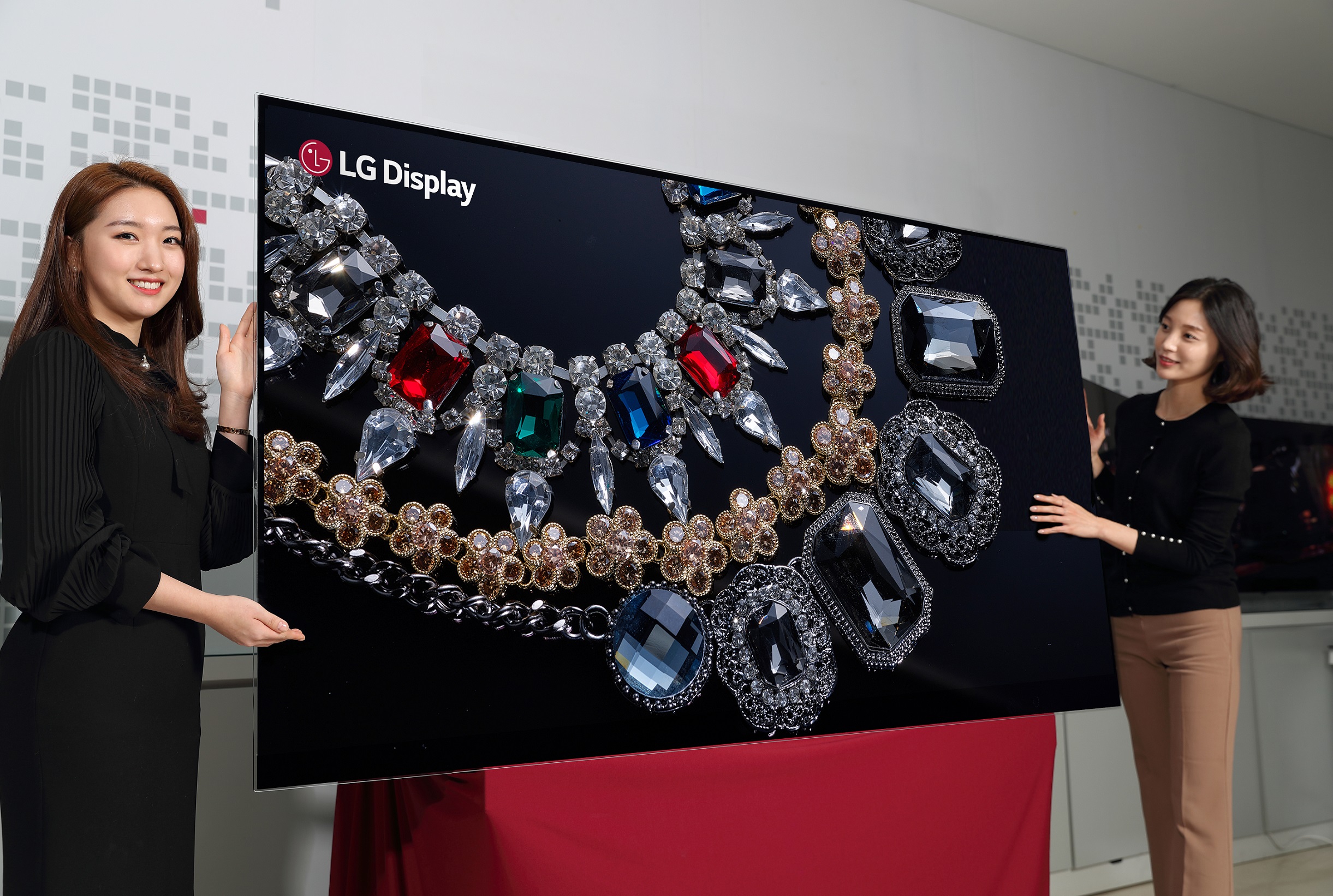
Baker: I thought OLED prices were starting to crater already.
Workman: It’s all relative. You can bring OLED down to $1,500, and it still sits at the opening price point. That is relative to what it was before. Not all ASP declines are bad as long as the blend average increases the overall ASP.
Baker: If you go back five or 10 years, Pioneer collapsed but there was nobody who could get back into those price points. There wasn’t any technology or brand that could support them.
See: Inside Video & Audio Center’s New Bleeding-Edge Super Store
Now, even as prices come down, there are brands and technologies and consumer interest that will support those products at $3,000 or $4,000.
Workman: We’re also in a replacement cycle for the first high-definition TVs that were purchased.
TWICE: Due to product failures?
Workman: I don’t know if it’s a failing. What’s happening now is people buy performance. When you go and look at a TV set and it’s stunning, and it’s much better than the one you have, that is what people buy. That, in combination with the increased resolution, allows people to buy a bigger TV for the same area.
Baker: It’s the design also. You don’t want to dismiss the value proposition that thinner — not just thinner depth, but thinner bezels and better-looking products — make those products at higher price points more acceptable.
Also From The Retail Executive Roundtable
Quick Hits: 5 TakeawaysSears-Amazon Pact: Kenmore Has Left The Building
Retailers Are Sold On Smart Home, But …
Speak Up: Voice Control Still In Its Infancy
Trevor May, D&H Distributing: I think arguably the television ASP coming up during the holiday was probably one of the most critical data points for the CE business at large.
We’ve had a lot of other categories come into play, whether it’s smart watches, voice control or connected home. But none of them offset a television business where ASPs are in a 10 to 20 percent decline.
With TVs making up a majority of revenue for a lot of folks in retail and those exhibiting at CES, it could keep a lot of people in business, looking at some healthy numbers, and maybe stave off some store closings and layoffs.
Unfortunately, we’ve seen far too much of that. ASPs have been declining for 10 years, and we just haven’t had products come into the category that offset it. If we could have the accompaniment of other great technologies and new spaces growing, and drive traffic and additional revenue, and bring profitability back into it, that is a healthy consumer electronics industry.





